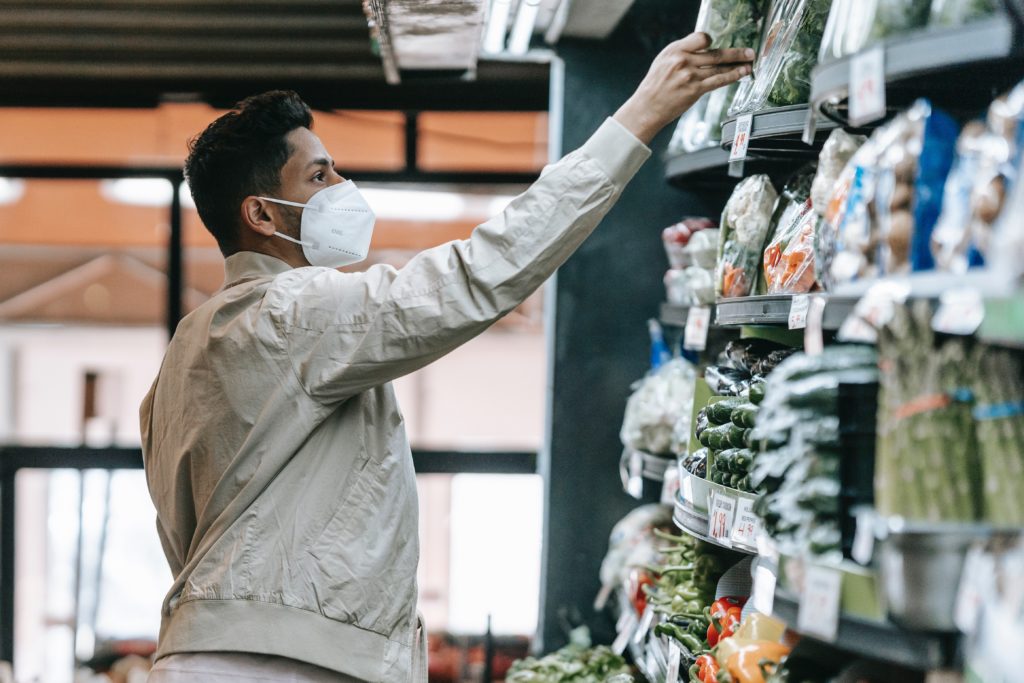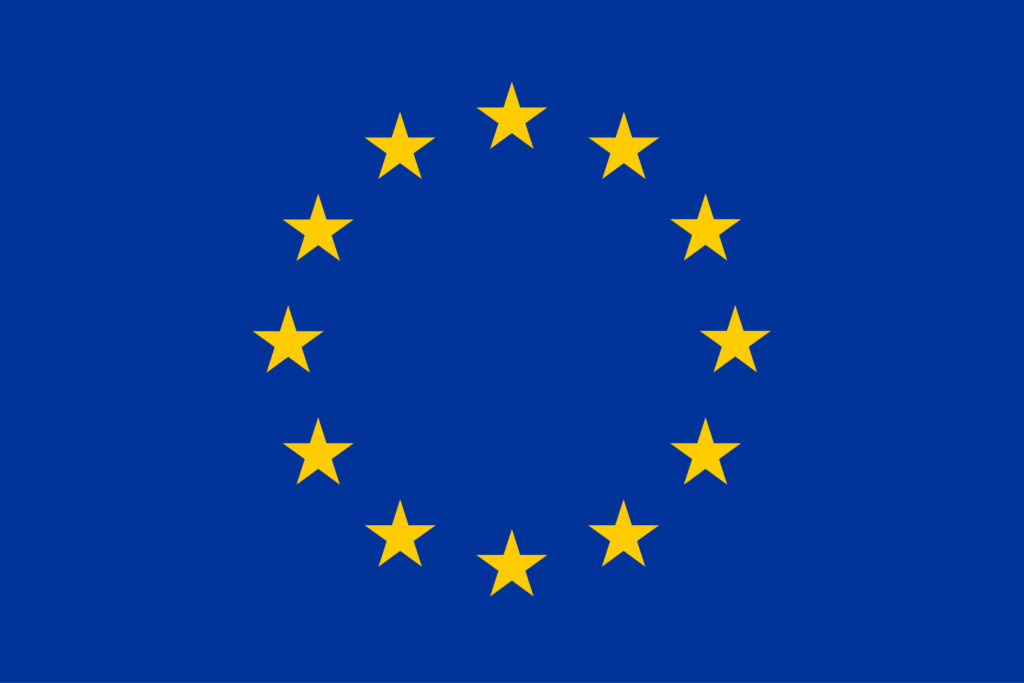Towards a circular economy in which multilayer plastic films never go to waste
CIMPA seeks to develop the first multilayer plastic films recycling value chain. CIMPA proposes innovative solutions including a circularity strategy for new packaging designs, the development of new technologies for sorting different films, together with mechanical and physical (dissolution) recycling processes. Furthermore, decontamination and upgrading processes are required to produce a quality material from waste which will be suitable to close the loop.
Through this three-year-long project, 13 partners from five countries, covering the whole value chain of the sorting, separation, recycling and manufacturing of multilayer materials, will work together to find innovative solutions that will turn this waste stream into a fully circular model.

Around 20% of the worldwide film production for food applications are multilayer films. Multilayer plastic films are used as packaging for the protection of food (2Mt/year) and agriculture for crops (0.6Mt/year). The attractiveness of plastic multilayer films lies in their unique barrier properties enabling significant extension of food preservation and crop protections. Their high barrier performance makes the identification of sustainable substitute material very challenging: potential substitutions by mono-material do not represent economic and technical viable solutions, meanwhile demands for food and agriculture packaging grows.
Multilayers are traditionally composed of multiple high-performance layers: polyolefins (PE and PP, 55% of multilayers streams), PET, PVDC, PA or EVOH but also aluminum or cardboard, together exhibiting rigidity and strength, oxygen and water barrier, UV protection, puncturing resistance, sealability, printability.
The CIMPA project is in line with the EU’s Circular Economy Action Plan and other EU strategies, since the project results will have an impact on them.
